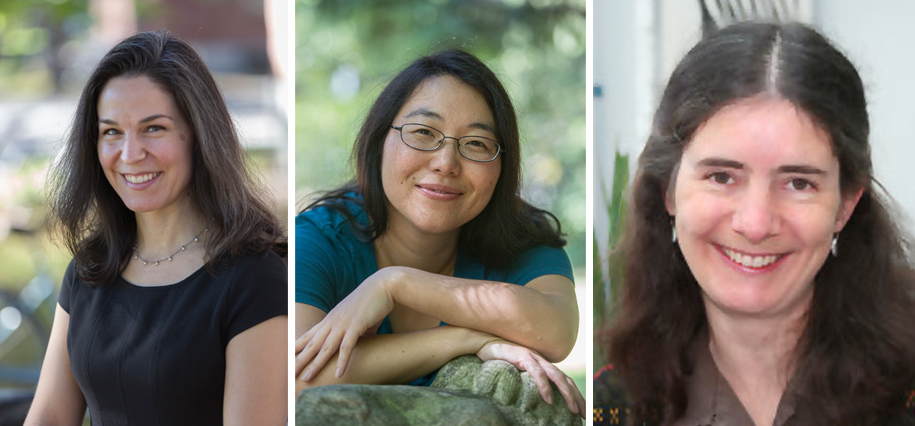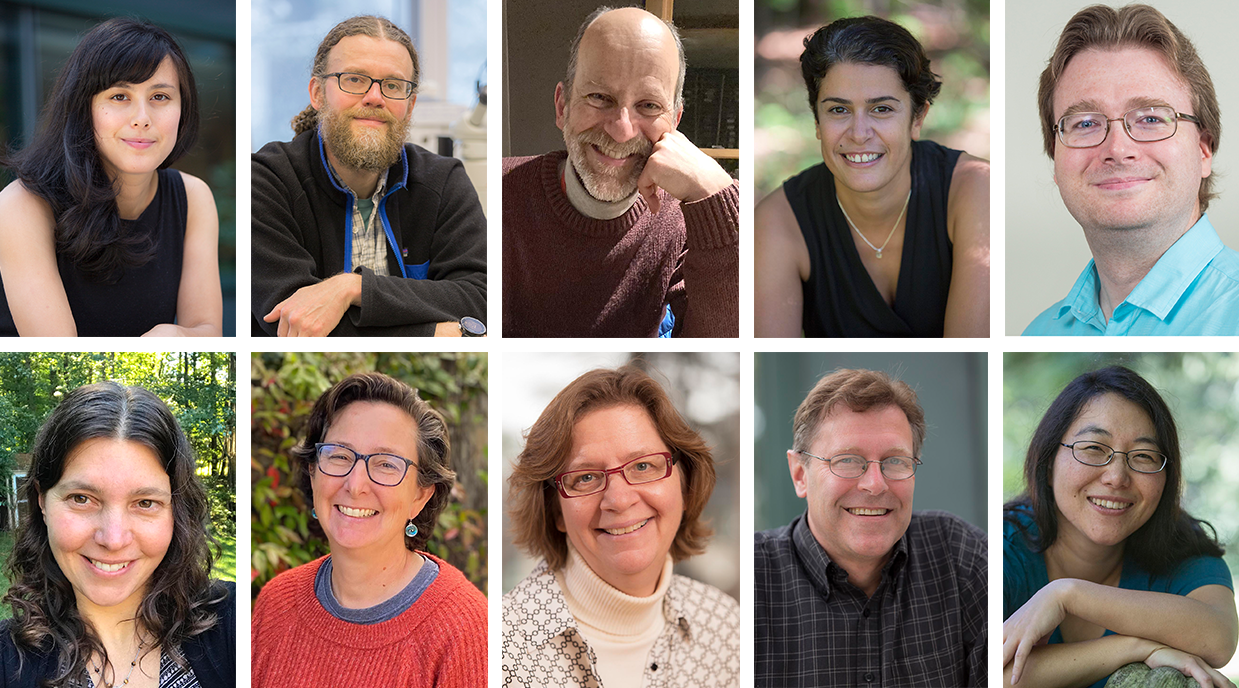Chemistry Students Present Research at National Diversity in STEM Conference
By Rebecca Goldfine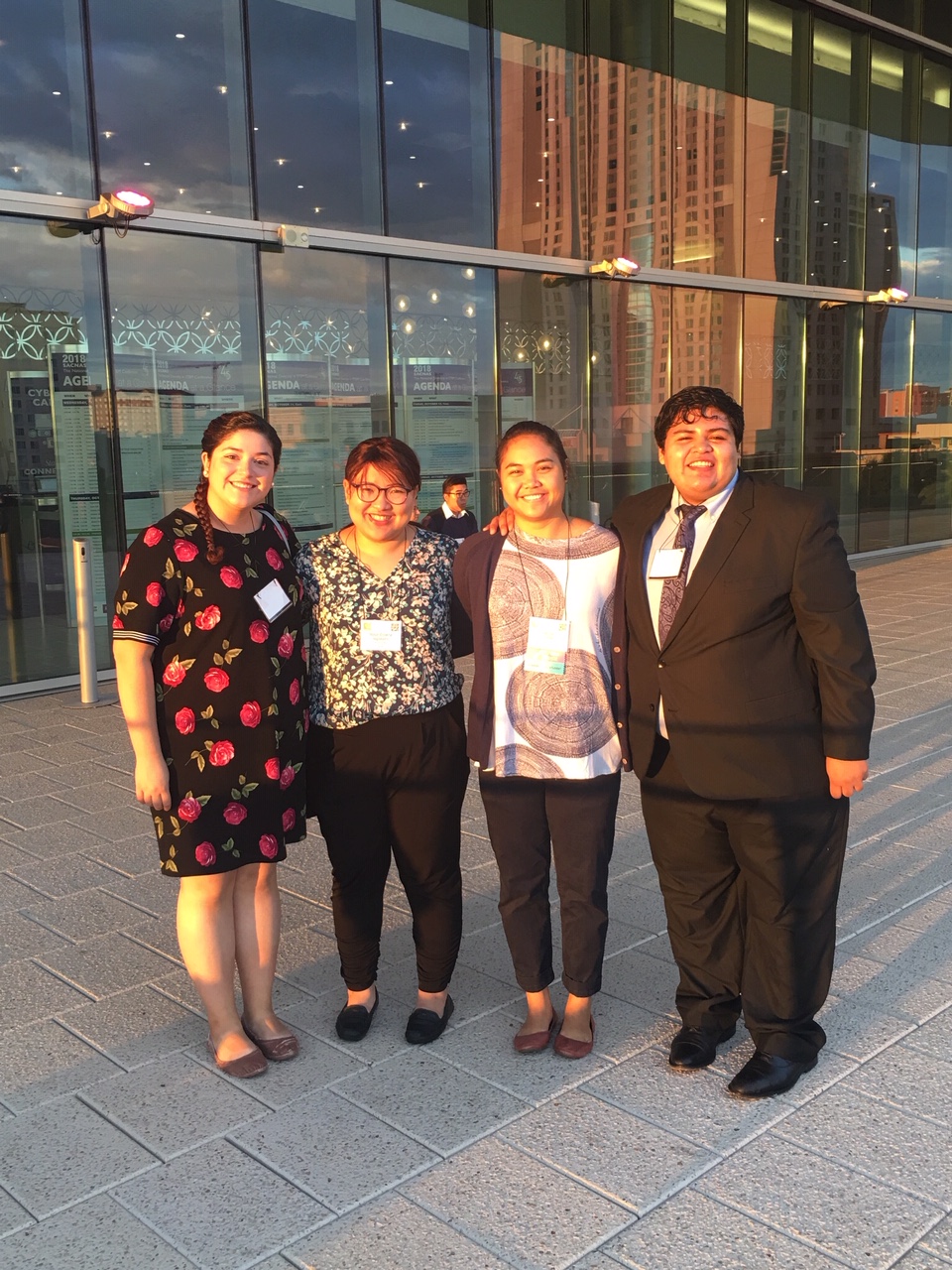
Four research assistants in the chemistry lab of Elizabeth Stemmler, who is Bowdoin’s James Stacy Coles Professor of Natural Sciences, recently presented their research at a national conference organized by the Society for Advancement of Chicanos/Hispanics and Native Americans in Science.
Two of the students—Louis Mendez ’19 and Kai’olu DeFries ’19—also received awards for their research presentations.
RELATED:
Summary of their research abstracts are included below:
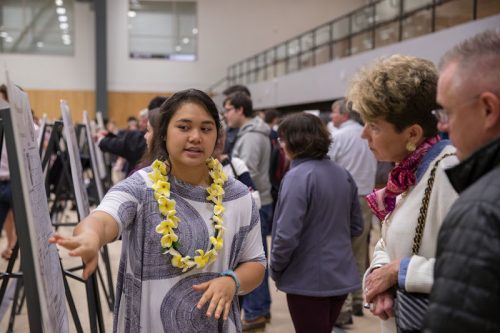
Kai’olu DeFries ’19, Photocatalytic Degradation of Ibuprofen and Ketoprofen
DeFries investigated how the common anti-inflammatory drugs ibuprofen and ketoprofen break down when exposed to ultraviolet light. Her study could help wastewater treatment plants eventually find ways to safely remove toxic substances, such as pharmaceuticals and personal care products, before they are released into the environment. DeFries successfully broke the drugs down using photocatalytic degradation, but the newly formed components must be further degraded before they can safely be disposed of in the environment. The STEM conference showed DeFries “the many opportunities and different pathways for me,” she said.
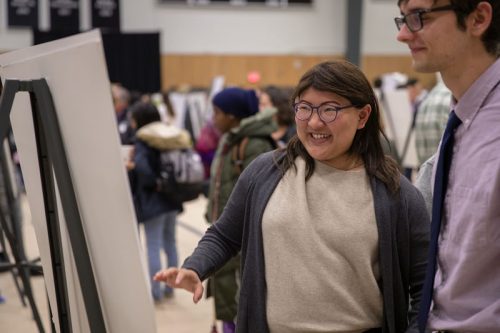
Bolor-Erdene Jagdagdorj ’19, Using Exact Mass Measurements and Isotopic Labeling to Assess Compositional Changes in Complex Mixtures
Jagdagdorj, who is double majoring in chemistry and computer science, used a computational approach to analyze the complex chemical mixture of pyrolysis oil. This oil, often derived from pine wood, is a potential renewable energy source, as long as researchers can find a way to prevent it from getting viscous at room temperature. Using mass spectrometry and chromatography to separate the oil into its components, Jagdagdorj looked at how different compounds in the mixture reacted and changed over time. Jagdagdorj said she found the conference inspiring because of its focus on diversity in the STEM fields (science, technology, engineering, and math).
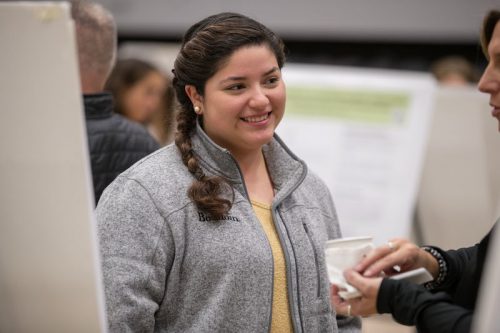
Valeria Magallan ’19, Reactions Responsible for Aging in Wood-Based Pyrolysis Oil: The Role of Quinone Methides in the Dimerization of Coniferyl Alcohol
Magallan worked on a project to characterize the chemistry that happens in wood-based pyrolysis oil, a promising fuel alternative. The drawback with the oil, however, is that it becomes viscous, or sticky, at room temperature over time. Magallan researched a highly reactive molecule in the oil, called coniferyl alcohol, by looking at the structural attributes of the molecule and determining which would promote reactivity, such as double bonds and hydroxyl groups. Magallan, who is interested in pursuing medical school and studying plant-based medicines, said the STEM conference gave her a valuable opportunity to practice explaining her research at different levels, from non-scientists to PhD researchers “in the inclusive space that the conference organizers create.”
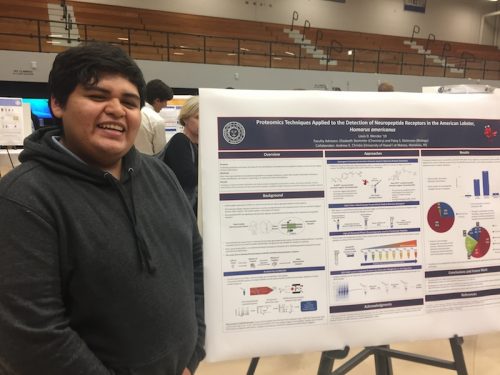
Louis Mendez ’19, Proteomics Techniques Applied to the Detection of Neuropeptide Receptors in the American Lobster
Mendez studied the central pattern generators of American lobsters. These systems control the body’s rhythmic functions, such as respiration and heartbeat. The lobster’s central pattern generator is valuable for study because it’s a simpler version of the regulatory system in humans. Mendez’s work this summer explored the process behind an interesting phenomenon: when the lobster heart is exposed to a certain neuropeptide, it sometimes amplifies, but other times it weakens. To understand this process, Mendez worked to identify neuropeptide receptors in the brain, using different lab techniques to isolate the receptor and verify the genes being expressed. It was Mendez’s second time attending the STEM conference, which he says he appreciates “because it mixes science and culture.”
